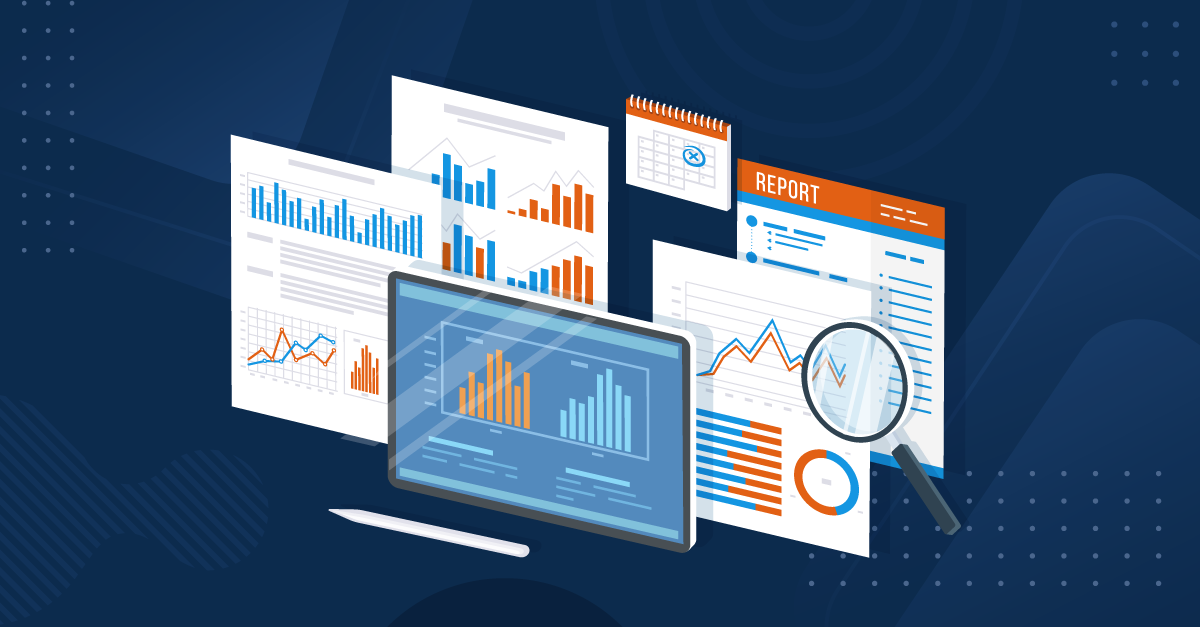Data Management and Analytics 101: Analyzing and Managing Data
Data is voluminous and valuable, its value captured in the now-famous quote from British Mathematician Clive Humby, ‘data is the new oil.’ Importantly, data is informative when analyzed correctly. Data offers insights into business, human, and societal processes used to help make informed decisions, improve business operations, health, society, and so on. The analysis and management of this data are performed using processes and tools designed specifically to handle vast amounts of data.
Is there a difference between data management and data analytics?
Data management and analytics are symbiotic. Without robust data management processes, you cannot have effective and accurate data analytics. Poor data management leads to inaccurate results from data analysis.
What is data management?
Data management involves gathering, storing, organizing, and maintaining data. Different functions are used to ensure that the data is accurate and available. Beyond data scientists and analysts, the roles typically involved in data management are IT in nature, though business personnel can also help align data management with business functions. Data management aims to ensure that data quality is optimized and maintained for use with analytics programs.
As such, data preparation is a large part of the skills needed for a data scientist’s job as it is vital to effective and accurate data analysis. A report from Anaconda found that 45% of a data scientist’s time is spent on the preparation of data for analysis.

What is data analytics?
Data analytics refers to the process of analyzing structured and unstructured data to find trends and patterns. This information can then be used manually or via automated systems to better inform decisions, update rules, optimize processes, and so on. Modern data analytics uses intelligent technologies such as machine learning (ML) or artificial intelligence (AI) to process data. ML algorithms are used to search for deep and hidden patterns in data.
What are several types of data analytics?
Predictive Analytics:
Uses historical and real-time data to provide forecasts.
Descriptive Analytics:
A ‘what is happening now’ model of data analysis.
Diagnostic Analytics:
Understanding the reasons for past performance (often associated with descriptive analytics)
Prescriptive Analytics:
Helps to provide recommendations of solutions to problems.
Geospatial Analytics: uses geographic data obtained from GPS, location sensors, mobile devices, satellites, social media, etc.
These actionable insights for data intelligence are then presented using several related solutions, including:
Business Intelligence (BI):
BI applications offer visual displays of data insights to show the progress and status of analyzed events, such as customer interactions, revenue, etc. BI often uses data mining, predictive analytics, and statistical analysis.
Data Visualization:
The graphical representation of analytic output is important to engage business stakeholders. Visualization tools include dashboards, graphs, frequency tables, heatmaps, etc.
What industry sectors use data management and analytics?
In 2019, 52% of all organizations were analyzing big data, with another 38% expected to do so in the near future. There are many different use cases for data analytics, including military applications, weather forecasting, telecom issue resolution, and urban planning. The finance sector embraces data management and analytics for various uses, from optimizing branch location to predicting market fluctuations. Healthcare also uses data analytics to help with better understanding patient outcomes and detect and predict disease patterns, such as emerging infectious diseases.
What kind of technologies and processes are used in managing data?
Cloud Data Management:
Used to manage data across multi-cloud environments. Large companies such as Google and Amazon offer this capability, but some smaller niche vendors also work in this field.
Extract-Transform-Load (ETL):
This process takes data from multiple data sources, normalizes and/or optimizes it, and moves it into a centralized data warehouse to make it accessible.
Data Lake:
A data lake is a centralized repository where organizations can store large amounts of raw data, whether structured or unstructured. This allows companies to store data at any scale without worrying about how to transform or structure it.
Data Warehouse:
A data warehouse is a database designed for analyzing relational data from transactional and line-of-business systems. The data structure and format are set ahead of time to optimize for quick SQL queries, with the results often being utilized for operational reporting and analysis.
Data Transformation:
Data transformation tools take structured and unstructured data and automatically transform them into a usable format.
Master Data Management (MDM):
These are tools that manage master data such as employee data, regulatory data, customer data, etc. MDM tools are used in information distribution synchronization across multiple locations. Reference data management tools can be used to then classify data.
Are you looking for more information on data management and analytics trends and insights? We're here to help - explore Research-as-a-Service or contact us today.




